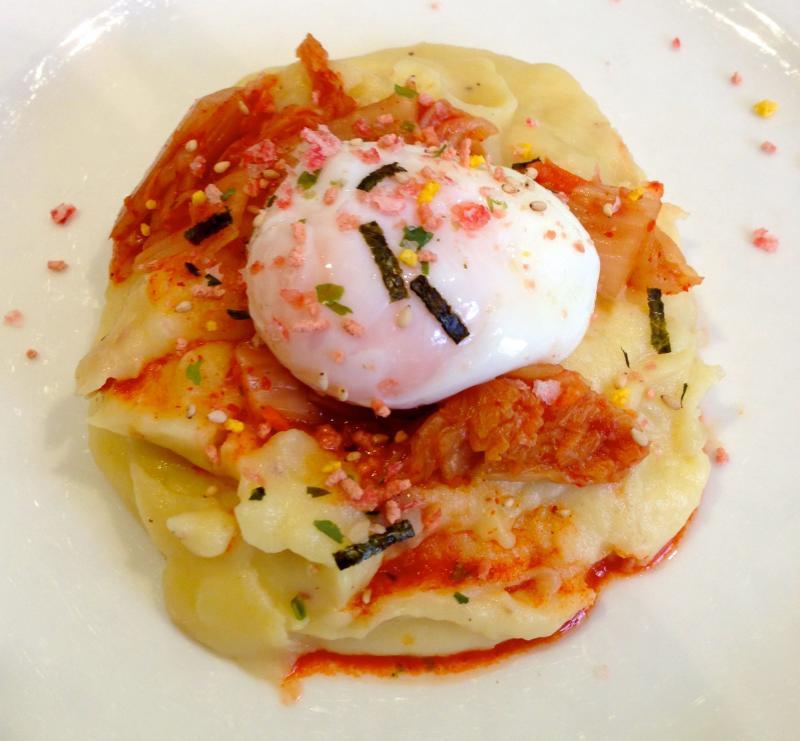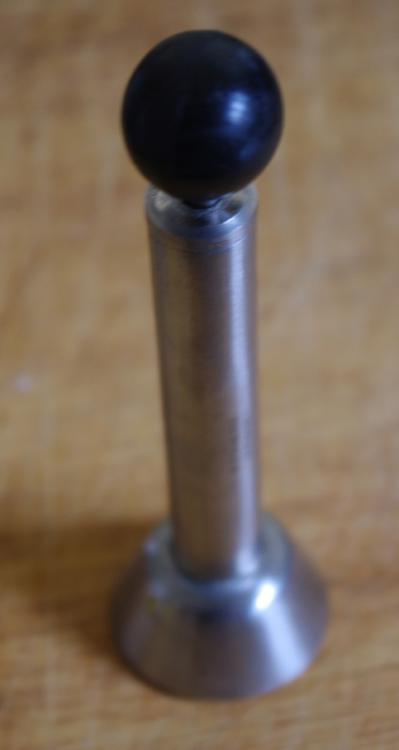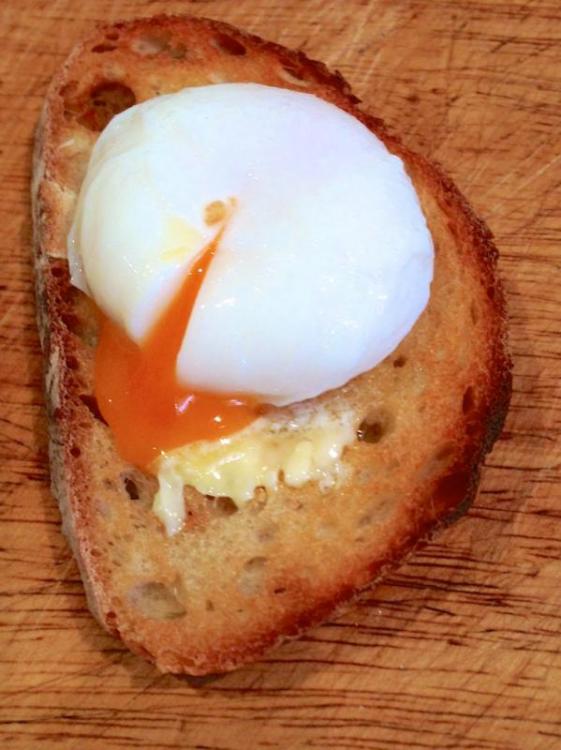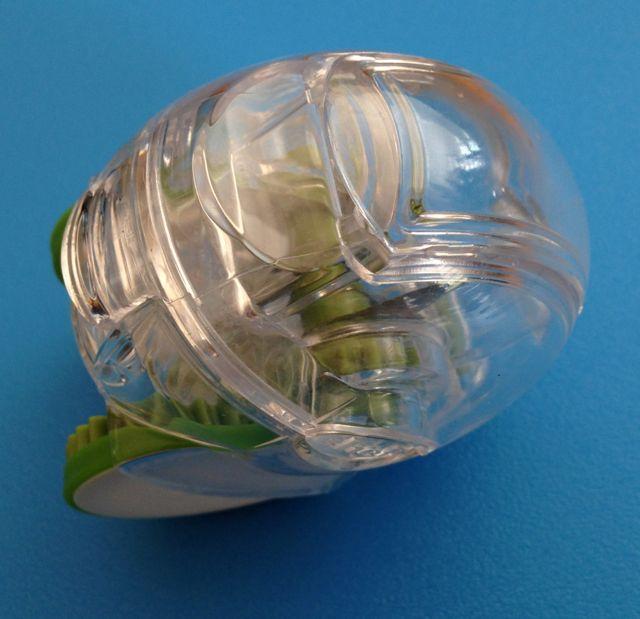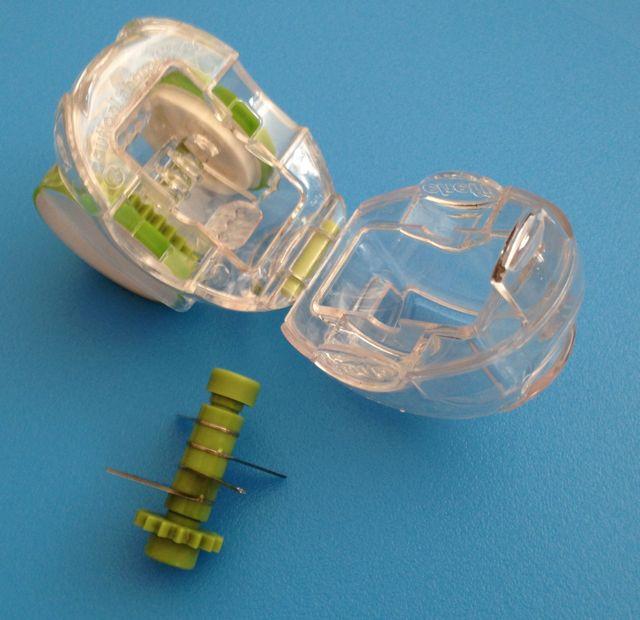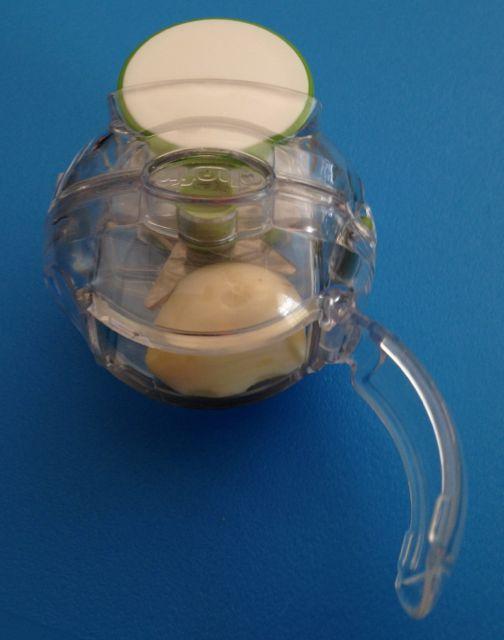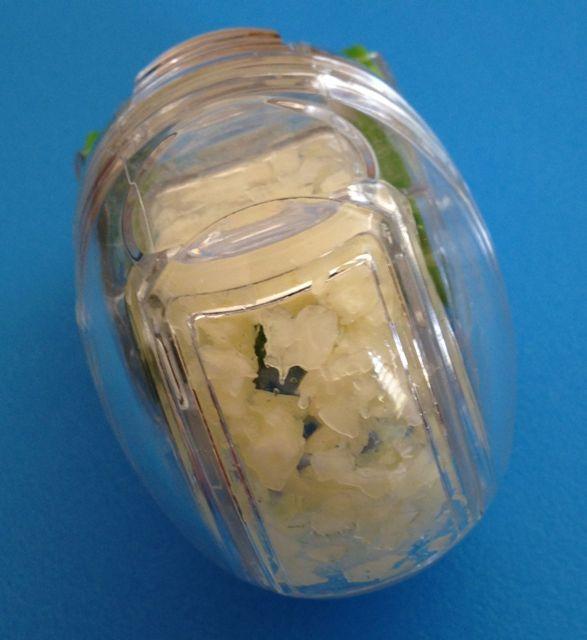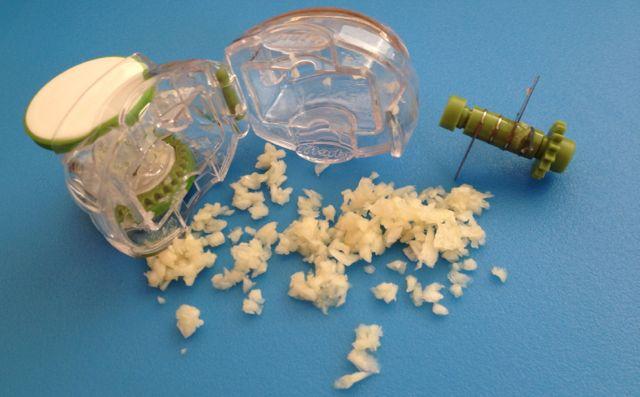-
Posts
2,606 -
Joined
-
Last visited
Content Type
Profiles
Forums
Store
Help Articles
Everything posted by nickrey
-
Try pouring the first half of the shot in one cup and the second in another (no need to stop the pour, just slide one in next to the other). You'll find that the bitterness occurs predominately in the second half of the pour. This is why so many of us cut the pour early and have our coffees as ristrettos.
-
I use a solid stainless steel tamper with the nutating motion. Seems a lot easier than the whole skewer thing and as effective. I was told about it by my daughter and her friends who work as baristas in a coffee obsessed cafe. In their world a skewer tamp is going to waste much more time than a nutating tamp. Time is money and dissatisfied customers. Try it, it works, and is less of a process. Easier and the same or better results, which one would you pick?
-
The splattering on your cup still says that there is some channeling going on. Any reason why you haven't tried a nutating tamp rather than your light one? It got rid of channels when I tried it.
-
Cooking it low and slow produces moist, tender meat but with a steak like consistency, which most of us see as a good thing. Cooking it above 150F will lead to the meat falling apart but the temperature means you lose liquid and it becomes dry. There may not be a happy medium where you get both things that you want. I wouldn't discount experimenting with different meat sources as well. Marbling is one component of meat but there are many more that affect how it will react to cooking.
-
A mish mash of leftovers. Colcannon topped with Momofuku kimchi, a sous vide poached egg, and rice seasoning. It tasted great.
-
Try 60C (140F) for 48 hours. This is the temperature and time that David Chang presents in the Momofuku cookbook. Anything over 150F will result in greater loss of moisture.
-
Nice looking meal Baselerd. EMP is sure having an impact on much of our cooking and presentation.
-
I've never had a problem freezing and reheating sauces. It makes sense for a home cook.
-
Argentinean BBQ could emerge as a front runner.
-
7-10 minutes for quails eggs is going to give you very chewy yellows. Bring a large saucepan of water to the boil, add quail eggs, boil for exactly 1 minute and 40 seconds. Take from water, place immediately into ice water to stop cooking. I did 36 eggs for a scotch egg appetiser this way and they were perfectly cooked on the white and runny in the middle.
-
I can't guarantee this for quail's eggs but it works very well for hen's eggs. It looks like this: Place the egg pointy end down on a hard surface. Place the bottom part over the top of the egg. Raise plunger and let it drop. This gives a line around the top of the egg that makes easy to peel the top off. As I said in the earlier post, it normally leaves a small hole in the pointy end of the egg as well. Push gently in this hole and the egg will come easily out of the top hole. I bought it on line in Australia but am sure you can find it on Amazon easily enough.
-
I noted a number of people asked upthread about cooking and then reheating. I don't particularly like the texture of the whites in onsen eggs so I've taken to coking at 63.5C for an hour and then cooling and storing in the fridge. I then reheat in much the same way I'd poach an egg except for a shorter time. To prepare for serving, I use my egg topper on the large end of the egg to open up a hole. The bottom of the egg normally cracks slightly as well so I push from the hole that appears at the small end of the egg. This allows me to slide the cooked egg onto a plate. I then carefully wash away the loose egg white. Then into barely simmering water (around 88C) for a few minutes to solidify the white but leave the yolk as it was. This morning's eggs came out like this: and cut:
-
I looked for that recipe today, but couldn't find it. Do you have the URL? Failing that, how about a little more detail about each step? You didn't boil the egg first, and then cool it, before cooking it SV? It's at this link. The base process is the same as many chefs use to get an egg yolk for presentation on a dish (Rene Redzipi uses this a lot). Then crumbing and deep frying is added.
-
I have an update. They were very prompt when I sent the email to the correct person. They are going to do the same as they did for you, send me a new unit under warranty. I'm very impressed with their after-care service. Update on this, I've received the replacement unit and it works extremely well. The circulation on this machine is very powerful.
-
Is that main served with puy lentils, pancetta, and baby croutons? Anything else? Some capers perhaps?
-
This is just not true for many of us. I'm with Michaela on this one: I can taste the can. Be it beer, soda, canned goods, there is always a metallic tang for me that is not pleasant. For this reason bottled beer is always more preferable to me than canned, period. As for the effects of light, my beer either sits in the carton or in my fridge so it is really a non-issue.
-

Sources for determining sous vide temperatures and times
nickrey replied to a topic in Cookbooks & References
All the above plus temperatures and times that have been put in the eGullet sous vide threads. In addition, many cook books these days from restaurant chefs have times and temps for sous vide cooking that they've experimented with and settled on as most appropriate for their needs. Bear in mind that a lot of the sources you mentioned have conservative temperatures and time because they are public domain and they want to be very much on the safe side, particularly if immune-suppressed individuals may be fed the meals. Personally I find some of the cooking temperatures would lead to products that do not make the most of cooking sous vide. In these cases, I use experience plus a knowledge of safe sous vide cooking practices in varying the parameters. If you are new to this and/or do not understand the factors involved, don't play at the margins - you could wind up poisoning someone. As you cook more sous vide, you'll also find your own preferences may diverge from those given in any of these sources. I often look at recommendations from these sources and use different times and temps based on experience and personal preferences. Until you have experimented with your own preferences, you'll need to continue to consult all these sources. Unfortunately there is no sous vide bible that will meet your needs. -
While I love sous vide for many things, I prefer sautéing asparagus in a pan with some oil. This vegetable has an affinity for oil that makes it delicious and much better than either insipid steamed asparagus or what I'd anticipate sous vide asparagus to come out as.
-
Different texture, different eating experience. The ribs above had perfectly cooked meat that retained its coherence (ie was nowhere near the stage of falling apart) yet each individual rib could be slid out of the meat.
-
Im am going to disagree with you. I have had a bad experience with SVing something raw from frozen to a low temperature like 132F medium rare. After 48 hours it smelled like fecal matter. And had to be thrown away. I find nothing wrong with re-therming someting frozen that had been cooked, but i will never SV anything raw in a frozen state ever again. I've never had issue with anything that I buy. Freezing will not kill bacteria that were present in the meat in the first place. Sounds like you started off with a bad product. Thawing it first and then cooking it would have resulted in the same outcome. Would you then say that you would never cook thawed product ever again?
-
I did mention yesterday: http://egullet.org/p1907400 (post #175) The second link in that post was dead for me.
-
I notice Pedro hasn't mentioned his additional trick of sealing some marbles in one side of the bag, which becomes the lower side of the bag in the container and helps to keep the bags both submersed and vertical.
-
Thawing it overnight is an attempt to get it back to fresh condition. I'm not sure why it would take less time when compared to fresh. If it was flash frozen, it is typically as good as fresh. If not, you will lose moisture and the texture will be affected on thawing due to crystallization of the flesh. We've had that discussion before somewhere in the sous vide threads. The question arises as to why you'd thaw it before cooking. Just bag it frozen and cook for slightly longer to take into account thawing time.
-
Being an avid foodie, I often receive kitchen gadgets most of which languish in some drawer or another. This year I was given a garlic roller which has already seen many uses. I thought I'd share it with you. I'll start off with an observation that I can't use garlic presses. Maybe I'm using old garlic but the pressure needed to get the garlic through the holes has led to me snapping more handles of garlic presses than I'd like to recount. And yes, this includes some of the supposedly strong garlic presses. Anyway on with the roller. I'm not sure if it's new but it was new to me and it works extremely well for my needs. This is the garlic zoom roller cutter. Here it is with the cutting mechanisms removed. Now with a clove of garlic in the top. After having rolled it back and forth across the bench top. and the chopped garlic. The brand is called chef'n. It's called a "garlic zoom." I've seen it on Amazon. This one is a keeper.
-
Brie and Camembert are made in exactly the same way. The difference in France is that they come from different milks. In places other than France they often simulate a Brie by adding some cream to the milk before making. The double and triple bries simply have more cream added. Any of these cheeses should be matured such that the centre is soft (this is done by letting the mould on the rind extend its filaments to the centre of the cheese, it is also why the cheeses are of a uniform thickness in large or small wheels. There is a limit to the distance that the mould can extend its filaments. Too thick and you get a chalky interior. If these cheeses get too old, they develop an unpleasant ammonia smell in the rind.


